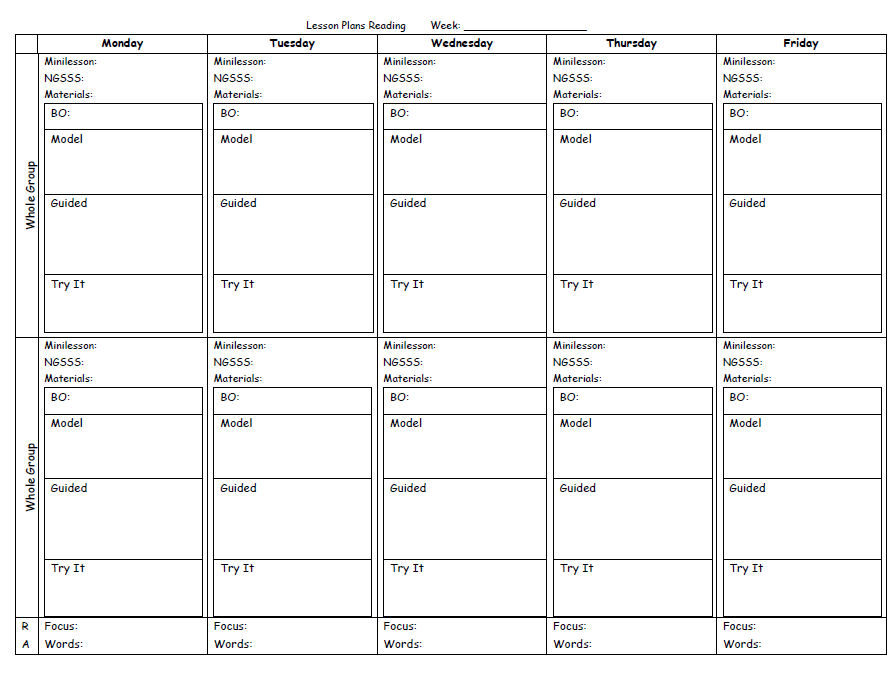

Understanding: describe what we are looking for and why – zeros, vertex, intersection, etc.Remembering: identifying the steps to solve, factor, evaluate, etc.First step of problem-solving and developing computational thinking is asking the right questions to find the answers.Įxamples of cognitive levels in terms of maths: However, with practice, they begin to ask better questions – questions to which they can explain the answers. This was difficult in the beginning, and earlier they just asked close-ended questions. My students come up with their own questions about a chapter to help each other.

Encouraging students to seek information on their own.Problem-solving and encouraging discussions.Encouraging students to think more deeply and critically.Questions at higher levels of the taxonomy are most appropriate for: Diagnosing students’ strengths and weaknesses.Evaluating students’ preparation and comprehension.Questions at the lower levels are appropriate for: Here are some ways in which we can use Bloom’s levels in lesson planning to define the learning objectives for a concept/activity. Application of Bloom’s Levels for different learning objectives It focuses on six levels: remember, understand, apply, analyse, evaluate and create. Nouns such as evaluation or synthesis are now replaced with verbs such as creating or evaluating respectively. The revised taxonomy is a refreshed take on BLOOM’S TAXONOMY from 1956, which examined cognitive skills and learning behaviour. The Revised Bloom’s Taxonomy emphasizes students’ learning outcomes through the use of refined terms. Over the years, this pyramid has been refined too. It is a cake-like structure if imagined emphasizing that each level is built on a foundation that has been laid by the previous levels. The rationale behind it is that learning at the higher levels is dependent on having attained the prerequisite knowledge and skills at lower levels.īloom’s Taxonomy is often displayed as a pyramid to help illustrate this hierarchy. Similar to other taxonomies, Bloom’s Taxonomy is a hierarchical learning method. Using Bloom’s Taxonomy in Lesson Planning


 0 kommentar(er)
0 kommentar(er)
